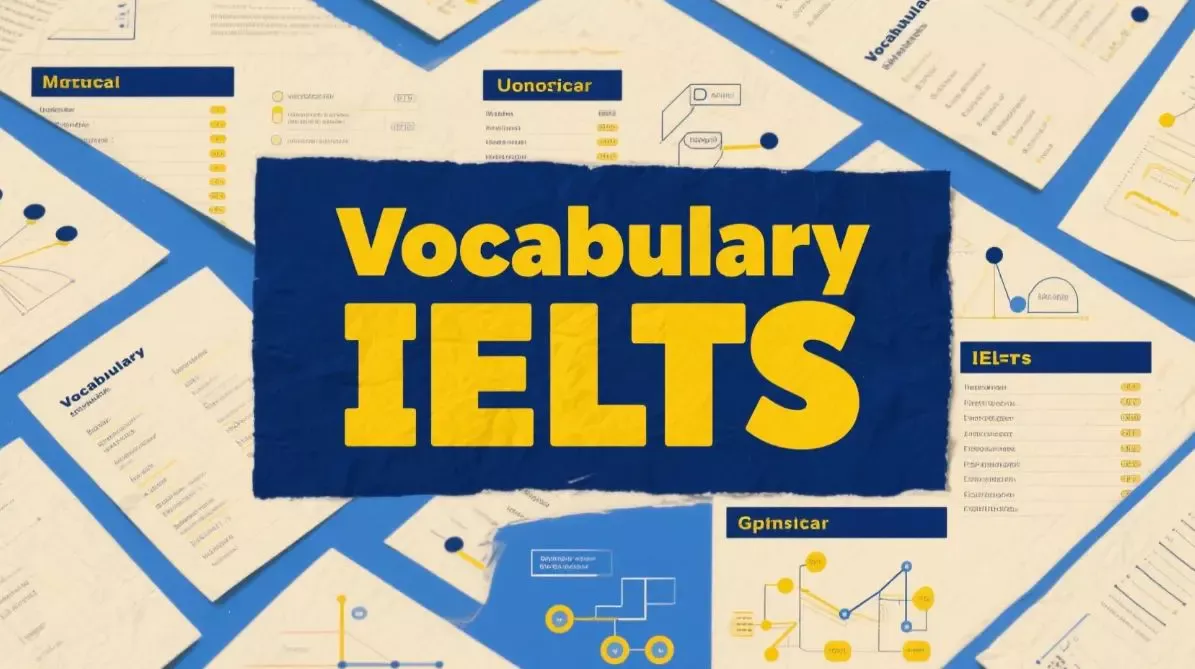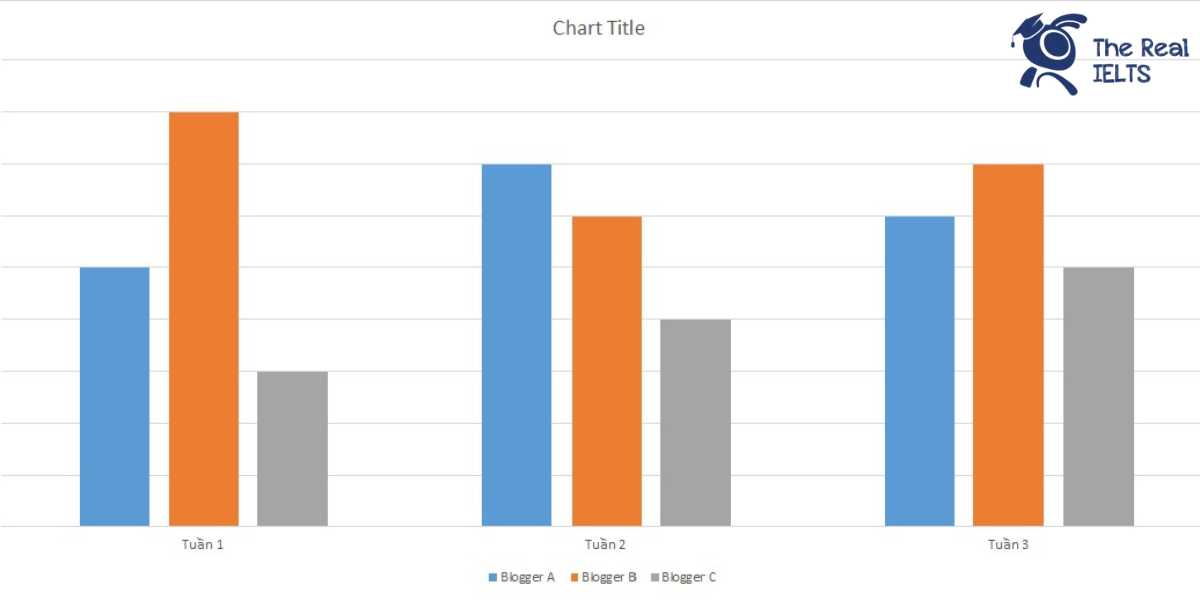Luyện tập IELTS Reading ngày 11 có chủ đề: The Effects of Tourism on the Environment. Bài này thuộc chuỗi IELTS Reading: 30 chủ đề luyện tập. Mỗi bài này luyện tập khoảng 30 phút.
Học lại bài cũ: IELTS READING Day 10: The Evolution of Human Communication.
Đọc bài IELTS Reading và trả lời câu hỏi ở bên dưới
Tourism is one of the world’s largest industries, contributing significantly to the global economy. However, while it brings economic benefits, it also has substantial environmental impacts. These impacts range from habitat destruction to the depletion of natural resources, pollution, and harm to local wildlife. Understanding the environmental consequences of tourism is crucial for developing sustainable practices that mitigate these effects.
Paragraph 1: Habitat Destruction
One of the primary effects of tourism on the environment is the destruction of natural habitats. Popular tourist destinations, such as beaches, forests, and mountain ranges, often experience deforestation, coastal erosion, and wetland loss due to the construction of hotels, resorts, and other infrastructure. For instance, in many coastal areas, the development of resorts has led to the destruction of coral reefs and mangrove forests, which are vital ecosystems for marine life. As a result, tourism has contributed to the loss of biodiversity in these regions.
Paragraph 2: Depletion of Natural Resources
Tourism also leads to the overconsumption of natural resources. In popular destinations, water and energy demands surge due to the influx of tourists, leading to the depletion of local resources. This is particularly problematic in regions with scarce water supplies. For example, in some parts of the Mediterranean, tourist demand for swimming pools and golf courses has placed a strain on water resources, affecting local communities and agriculture. Additionally, tourists generate large amounts of waste, often overwhelming the local waste management systems, which contributes to land and marine pollution.
Paragraph 3: Pollution
The transportation associated with tourism, such as air travel, cars, and cruise ships, contributes significantly to pollution. Air travel, in particular, is a major source of carbon emissions, which contribute to climate change. Furthermore, cruise ships have been known to discharge wastewater and chemicals into oceans, damaging marine ecosystems. Noise pollution from tourist activities, such as motorboats and jet skis, also disturbs wildlife, particularly in sensitive environments like national parks and marine reserves.
Paragraph 4: Harm to Wildlife
Another significant environmental impact of tourism is the disturbance of wildlife. Tourists often unknowingly disrupt animal habitats by venturing into areas that are crucial for breeding and feeding. Additionally, the feeding of wildlife by tourists can lead to dependency on humans, altering natural behaviors. In some cases, animals may become aggressive or malnourished due to improper feeding. For example, in some national parks, animals such as bears and monkeys have become reliant on human food, which can harm their health and make them dangerous to humans.
Paragraph 5: Sustainable Tourism
Despite these negative effects, there is a growing awareness of the need for sustainable tourism practices. Sustainable tourism aims to minimize the environmental impact while promoting conservation and respect for local ecosystems. Many destinations are now implementing measures such as limiting the number of visitors, promoting eco-friendly transportation, and encouraging tourists to reduce waste. For example, some regions have introduced eco-tourism initiatives that focus on wildlife conservation and the preservation of natural habitats, ensuring that tourism supports rather than harms the environment.
While tourism undoubtedly boosts local economies, its environmental impact cannot be ignored. Habitat destruction, resource depletion, pollution, and harm to wildlife are some of the key challenges associated with the industry. However, with the implementation of sustainable tourism practices, it is possible to mitigate these negative effects and ensure that tourism contributes to environmental preservation.
Từ vựng
- Tourism – Du lịch
- Global economy – Kinh tế toàn cầu
- Environmental impacts – Ảnh hưởng đến môi trường
- Habitat destruction – Sự phá hủy môi trường sống
- Depletion of natural resources – Sự cạn kiệt tài nguyên thiên nhiên
- Pollution – Ô nhiễm
- Local wildlife – Động vật hoang dã địa phương
- Sustainable practices – Các biện pháp bền vững
- Deforestation – Nạn phá rừng
- Coastal erosion – Sự xói mòn bờ biển
- Infrastructure – Cơ sở hạ tầng
- Biodiversity – Đa dạng sinh học
- Overconsumption – Sự tiêu thụ quá mức
- Waste management systems – Hệ thống quản lý chất thải
- Land and marine pollution – Ô nhiễm đất và biển
- Air travel – Du lịch hàng không
- Carbon emissions – Khí thải carbon
- Climate change – Biến đổi khí hậu
- Wastewater – Nước thải
- Noise pollution – Ô nhiễm tiếng ồn
- Sensitive environments – Môi trường nhạy cảm
- Disturbance of wildlife – Sự quấy rối động vật hoang dã
- Breeding and feeding – Sinh sản và kiếm ăn
- Dependency – Sự phụ thuộc
- Malnourished – Suy dinh dưỡng
- Eco-friendly transportation – Giao thông thân thiện với môi trường
- Eco-tourism initiatives – Các sáng kiến du lịch sinh thái
- Conservation – Sự bảo tồn
- Preservation – Sự bảo vệ
Câu hỏi IELTS Reading The Effects of Tourism on the Environment
According to the passage, what are the main ways tourism affects natural habitats?
A. By increasing air pollution and water scarcity
B. Through deforestation and coastal erosion
C. By disturbing wildlife and contributing to climate change
D. Through noise pollution and waste management issues
Why is water scarcity a concern in popular tourist destinations?
A. Because tourists use excessive water for activities like swimming
B. Due to the construction of hotels and resorts near rivers
C. Because local communities divert water for agricultural purposes
D. Due to high demands from industries related to tourism
What is one of the consequences of feeding wildlife by tourists?
A. Animals may become dependent on human food
B. Animals will avoid human settlements in the future
C. Animals might become less aggressive towards tourists
D. Tourists may help increase the wildlife population
What is the purpose of eco-tourism initiatives mentioned in the passage?
A. To increase the number of tourists visiting wildlife areas
B. To promote local cultural heritage
C. To reduce tourism’s impact on natural ecosystems
D. To encourage tourists to spend more money
Đáp án IELTS Reading The Effects of Tourism on the Environment
Dưới đây là đáp án cho các câu hỏi trong bài IELTS Reading “The Effects of Tourism on the Environment”:
- B – Through deforestation and coastal erosion (Qua nạn phá rừng và xói mòn bờ biển)
- A – Because tourists use excessive water for activities like swimming (Bởi vì du khách sử dụng nước quá nhiều cho các hoạt động như bơi lội)
- A – Animals may become dependent on human food (Động vật có thể phụ thuộc vào thức ăn của con người)
- C – To reduce tourism’s impact on natural ecosystems (Để giảm tác động của du lịch đến các hệ sinh thái tự nhiên)















